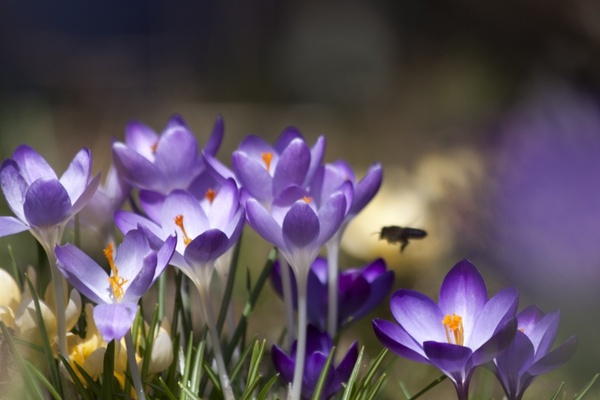
by Lorri | Mar 21, 2018 | UnCorked
As the days get warmer, many wine drinkers are shelving their favorite reds and opting for refreshing whites. And my past columns have reflected this shift. But the truth is, I generally enjoy white wines over red wines year-round. I particularly enjoy those with refreshing, bright acidity and a complex range of aromas and flavors. White wines are typically lighter in alcohol, pair with an incredibly wide range of foods and offer exceptional quality at a lower price.
When I’m asked about my favorites and I say, “Picpoul” it is generally followed by the replay, “pic-what?” Think tall, slim, green bottles with a refreshing bone-dry taste layered with mineral, grapefruit, floral, green apple, lemon taste and most importantly racing high acidity. This grape has an extensive past as an ancient Languedoc grape variety also known as piquepoul, literally meaning “lip stinger” signifying the high acidity of the wine. Picpoul is the grape name but look for Picpoul de Pinet when buying. It is one of the named Crus of Coteaux de Languedoc made exclusively from this grape. Another reason this is one of my favorite white wines, the price of most bottles falls under $15 retail.
THE VALUE
- 2016 Picpoul de Pinet, France (about $12 retail)
THE SPLURGE
- 2016 Jadix Picpoul de Pinet, France (about $14 retail)
Another of my white wine loves is Viognier. Offer me a glass of Viognier and I will pause to take pleasure in the aromatics of this wine’s delicate aromas of apricots, peaches and blossoms and then on to the lovely rich coating texture this grape naturally offers. It’s a wine to be savored slowly to take in all the complexities. Unlike many white grapes, viognier can stand alone without the use of winemaking techniques from oak or malo-lactic fermentation. Because of the growing technique this grape will generally have a natural low acidity, making it ideal for those who shy away from white wines with searing acidity. It’s most famous for its home in the French Rhone appellation Condrieu but in the past 20 years California mastered this grape. California styles tend to be higher in alcohol but when balanced with the lower acidity and aromatic complexity of this grape it can be perfection.
THE VALUE
- 2016 Louis Latour Duet Viognier/Chardonnay, France (about $15 retail)
THE SPLURGE
- 2016 Spann Vineyards Viognier, California (about $19 retail)
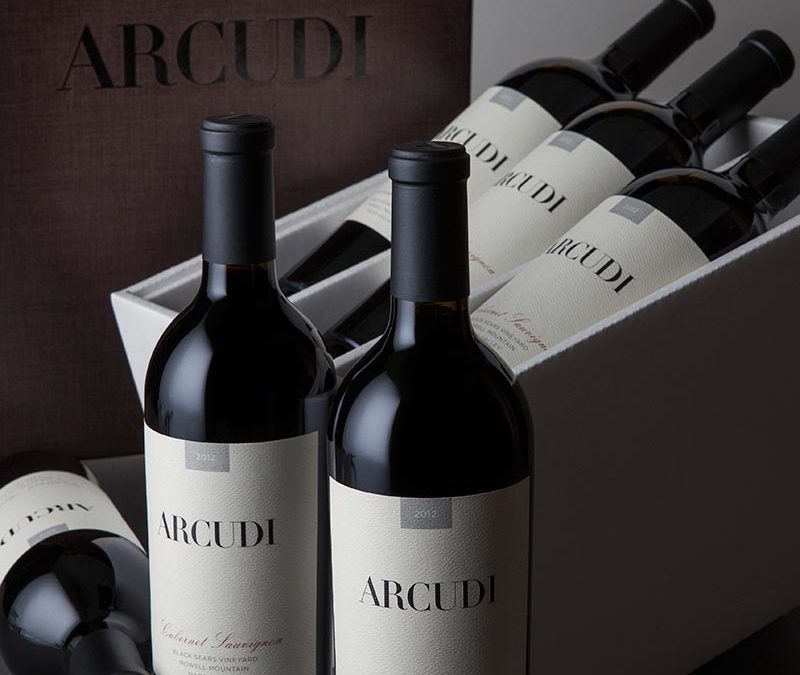
by Lorri | Mar 14, 2018 | UnCorked
One of the wonderful perks of being a wine writer and educator is the opportunity to meet some of the greatest winemakers in the world. Recently, I sat down with winemaker Tony Arcudi over a slow, enjoyable lunch talking about his journey and, of course, his amazing wines. I walked away with not only his story but with a respectful regard of an individual dedicated to the love of winemaking.
Arcudi didn’t grow up in the vineyards of Napa Valley — quite the opposite, literally, outside Boston. His passion for food and wine began in his teens, but it would be nearly 20 years — after a career in the Navy as a missile navigation engineer and as a product manager for IBM — before he made the “once in a lifetime” decision to pack up his car and head to California to follow his dream of wine.
This change in life plans would pay off as Arcudi would begin the path of a world-class wine career.
In California, Arcudi enrolled in the enology program at University of California, Davis, after completing prerequisite courses at Napa Valley College. After graduating from UC Davis, he trained in France and then returned to Napa Valley. While working as assistant winemaker at Nickel and Nickel in Oakville, he had a chance encounter with renowned winemaker Heidi Barrett, which put him on an unstoppable path. They worked together, learned together and have been making wine together ever since.
Today he has his own label, Arcudi Wines, and his first release was 2012 Cabernet Sauvignon, Black Sears Vineyard Howell Mountain. Black Sears Vineyards is the highest on Howell Mountain. This elevation and the cool fog line makes for the ideal conditions for growing cabernet sauvignon grapes. The vineyard is dry farmed as well as organic and biodynamic.
The label for his wine is simple yet expressive. The back features a sword of Caravaggio and the words, “Nec Spe, Nec Metu.” Latin for no hope, no fear. This expression was his mantra as he made that life-changing jump to his dream with nothing to lose as he forged his new path in the vineyards of Napa Valley.
Arcudi wines rank among the best I have tasted. Considering Arcudi’s limited production — just 200 cases a year — we are fortunate to have these wines available in our market. Arcudi wines, like their maker, are reserved and exceptionally complex and meant to continue to express charming character over time.
THE SPLURGE
- 2013 Arcudi Wines Black Sears Cabernet Sauvignon, California (about $160 retail)
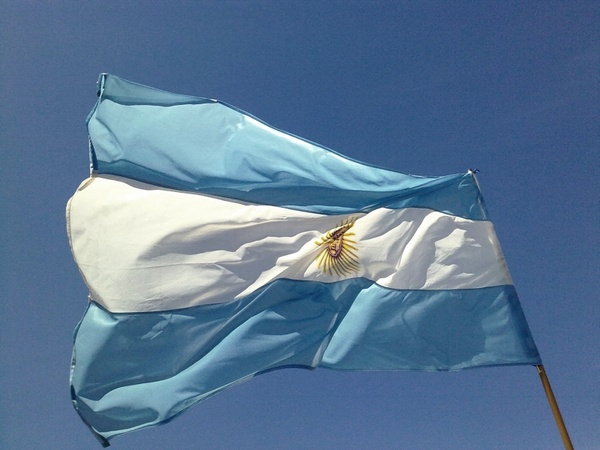
by Lorri | Mar 7, 2018 | UnCorked
Malbec grapes may be an unfamiliar to some, but it is gaining attention from wine drinkers. And for good reason, in addition to its remarkable depth and flavor of complexity, malbec makes up some of the best value bottles under $25 in the world.
In the past, malbec was primarily a blending partner, adding its spicy flavor to Bordeaux blends. But today it is being made into incredible single-varietal wines.
Although malbec is traditionally a French grape, Argentina is the country to credit for bringing this grape to the world’s attention.
Malbec’s transformation from French blending grape to the signature wine of Argentina began in the mid-19th-century when French agronomist Michel Pouget planted the first malbec vines — at the request of future Argentine president Domingo Faustina Sarmiento and Mendoza governor Pascual Pedro Segura. In the hot, high elevation of Mendoza malbec thrived, with none of its past weaknesses of disease and rot susceptibility that plagued it in French regions.
Mendoza sits on a high flat plain next to the Andes Mountains. This location near the mountains acts as a rain shadow, giving the area an average annual rainfall of fewer than 10 inches. Melting snow from the Andes feeds a unique and vast network of irrigation channels. The dry sunny climate allows the grapes a near ideal growing climate and flat land makes for a less costly mechanization of vineyard practices and harvesting for producers.
Malbec’s most significant characteristic is its intense dark color. Its aromas evoke cherries, strawberries or plums and sometimes cooked fruit — depending on when the grapes were harvested. Its taste is soft with nonaggressive tannin structure. When it is aged in oak it develops coffee, vanilla and chocolate aromas.
THE VALUES
- 2015 Pascual Toso Malbec, Argentina (about $13 retail)
- 2015 King Mendoza Malbec, Argentina (about $13 retail)
- 2015 Llama Old Vine Malbec, Argentina (about $15 retail)
- 2015 Bodega Norton Malbec, Argentina (about $11 retail)
- 2015 Don Miguel Gascon Malbec, Argentina (about $15 retail)
THE SPLURGE
- 2015 Felino Malbec, Argentina (about $23 retail)
- 2015 Antigal Uno Malbec, Argentina (about $18 retail)
- 2015 Corazon del Sol Malbec, Argentina (about $25 retail)
- 2014 Swinto Old Vine Malbec, Argentina (about $40 retail)
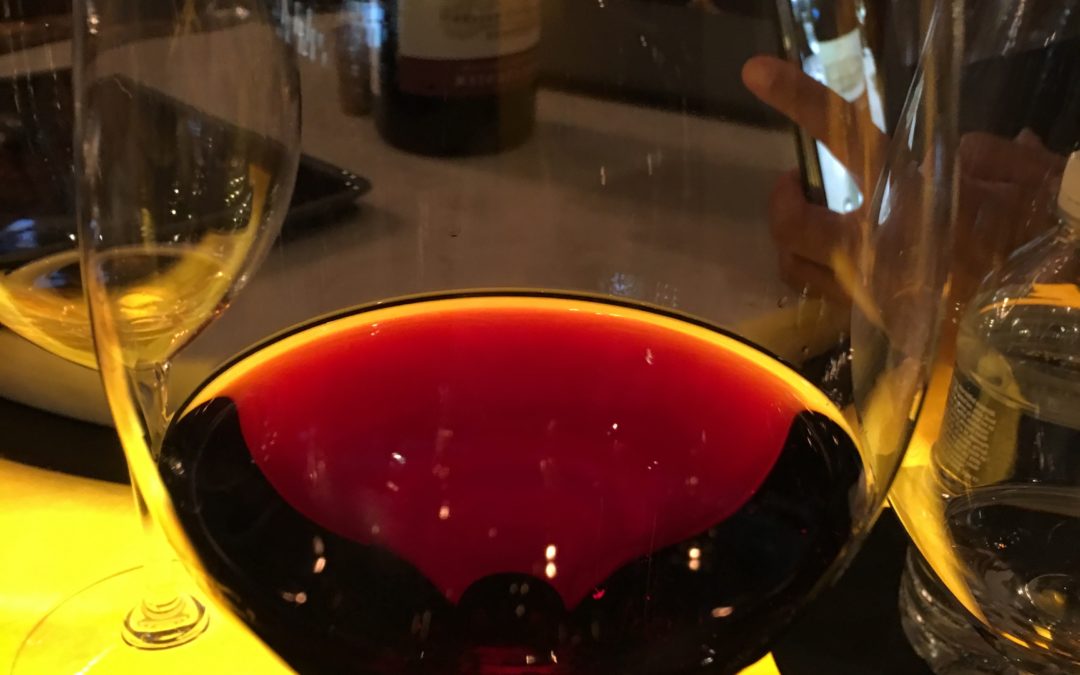
by Lorri | Feb 28, 2018 | UnCorked
Over the last couple of months, I have had many readers wanting another column deciphering the confusing wine classifications in the world. The 1855 Classification of red wines of the Gironde (Bordeaux) was not the first — as far back as the 14th century a list was made of Jurancon’s finest vineyards and in 1644 the best wines of Franken in Germany were officially identified — but it is definitely the most famous.
The famed Bordeaux classification had its beginning on the request of Napoleon III for the 1855 Exposition Universelle in Paris being organized to showcase the best of France. The Bordeaux Chamber of Commerce was asked to come up with an official list or ranking of Bordeaux’s wines. The job was passed on to Bordeaux’s brokers, who created the list based on the quality and price of wines being sold on the market at that time. They picked four, which were considered the best known and fetched the highest prices, and they were called First Growths or Premiers Crus. In addition, there were 14 Second Growths, 14 Third Growths, 10 Fourth Growths and finally 18 Fifth Growths.
During the century and a half that followed, there has only been one significant change, and that occurred in 1973 when Chateau Mouton-Rothschild was promoted from Second Growth to First Growth, increasing the number of First Growths wines to five. This achievement is often cited as the only change ever to the classification, but the real story is slightly more complicated. Since 1855 the actual list has changed. Three estates, Leoville, Pichon and Batailley have split into two or more chateaux, while two separate names, Pouget and Pouget-Lassale have since combined into one known as Chateau Pouget. And third growth, Dubignon, has disappeared entirely with its vineyards as part of other Margaux properties.
Confusing as it may seem, Bordeaux’s classification continues to promote the region’s finest wines. With 10,000 chateaux and domains there are numerous exceptional producers in the region.
Local retail inventory changes too quickly to suggest Values and Splurges. Check with your local fine wine retailer for current Bordeaux classified wines available.
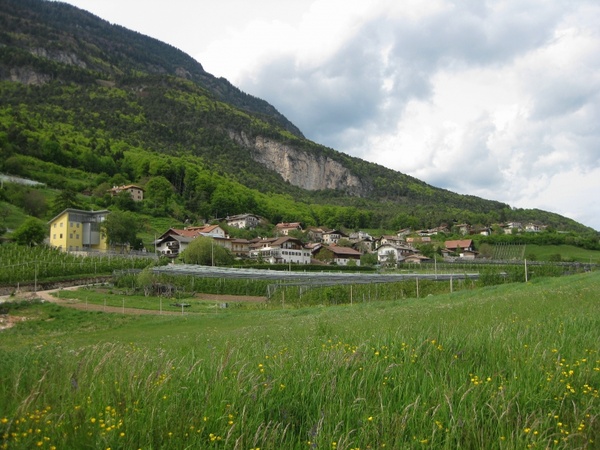
by Lorri | Feb 21, 2018 | UnCorked
Italy’s sparkling Prosecco has experienced a bit of a transformation in recent years. This bubbly has been plagued by inconsistent quality — from the top of the pyramid, Cartizze, to celebrities jumping on board to promote everything from canned Prosecco made in Austria to low-end fizz. Italians, who historically take their wine production very seriously, took notice and worked to address the problem head on.
The heart of Prosecco production is the Veneto region bordering the towns of Valdobbiadene and Conegliano. Recently, a new labeling change has brought more stringent production requirements within the Prosecco di Conegliano-Valdobbiadene zone. If the label has the name “Prosecco” it must adhere to specific production techniques and include only grapes grown in strictly controlled areas.
Italian wines are given levels of quality much like the French Appellation d’Origin Controlee. Beginning with the Vino da Tavola (basic table wine) to IGT, DOC and DOCG, each level has more stringent rules for growing and production. The change basically takes the areas previously given the lesser IGT designation a type of upgrade to DOC. To add to the confusion, it also technically renames the grape to its ancient name “glera” for producers outside of the named zones, effectively making “Prosecco” a place name and not a grape variety.
THE VALUES
- NV Zonin Prosecco, Italy (about $15 retail)
- NV Candoni Prosecco, Italy (about $15 retail)
THE SPLURGE
- NV Santa Margherita Brut Prosecco, Italy (about $25 retail)
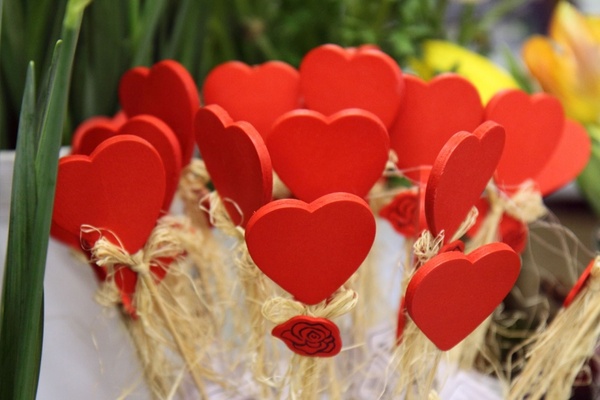
by Lorri | Feb 14, 2018 | UnCorked
There are many occasions for gift giving throughout the year, but it seems the pressure is heightened on Valentine’s Day. It’s easy to get caught in the commercialized crowd of gift buying. But if your sweetheart is a wine drinker, don’t even think about running into the store at the last minute for a shrink-wrapped heart shaped box of milk chocolate. There’s no need to grab the dyed carnations or even that expensive Valentines card, just head to your local fine wine retailer.
Put some thought into making the bottle you chose personal and, of course, romantic. Consider vintage ports and Champagnes because of special dates ranging from the year a person was born, life-changing events in a certain year or even the year of your first date with your valentine. If your budget or time doesn’t allow for the exact bottle, putting thought into the reason you are giving the bottle can be as sentimental; vineyards you have visited together or those you want to visit together. If you are looking for the ultimate romantic gesture, give a bottle of wine with a note planning a romantic getaway to the winery or the region.
We all know nothing shouts romance more than a bottle of Champagne, but for a added touch consider rose Champagne. This is not your flawed sweet bubbly pink of the 1960s. This wine is superb, not sweet, and spectacular.
But even if you don’t go the bubbly route, there is just something about rose wines that make them an ideal fit for Valentine’s romance. I prefer the dry styles of rose because they lie somewhere between white and red wines. The aromas are almost always fresh, enticing strawberry and cherry, and the flavors are crisp and refreshing with a light, zesty acidity. They will match almost any dinner menu item you are planning for your valentine.
Nothing says Valentine’s Day like hearts. And of my 25 years as a valentine gift recipient from my husband, I must say my most memorable and romantic was a bottle of Chateau Calon Segur from Bordeaux. The heart-shaped design on the label is thanks to Marquis Nicolas-Alexandre de Segur, whose portfolio of properties included the famed Chateau Latour and Chateau Lafite. Despite the illustriousness of his first growth jewels he famously said, “I make wine in Latour and Lafite but my heart is in Calon” as the reason behind the heart on the label. Another heart can be found at the estate, carved into the outside wall of the winemaking building. Not only is the label beautiful and romantic but the wine itself is one of the most exquisite wines I have tasted in my lifetime.
THE VALUE
- 2015 Bell Red Blend, California (about $16 retail)
THE SPLURGE
- 2015 Presqu’ile Rose, California (about $22 retail)





